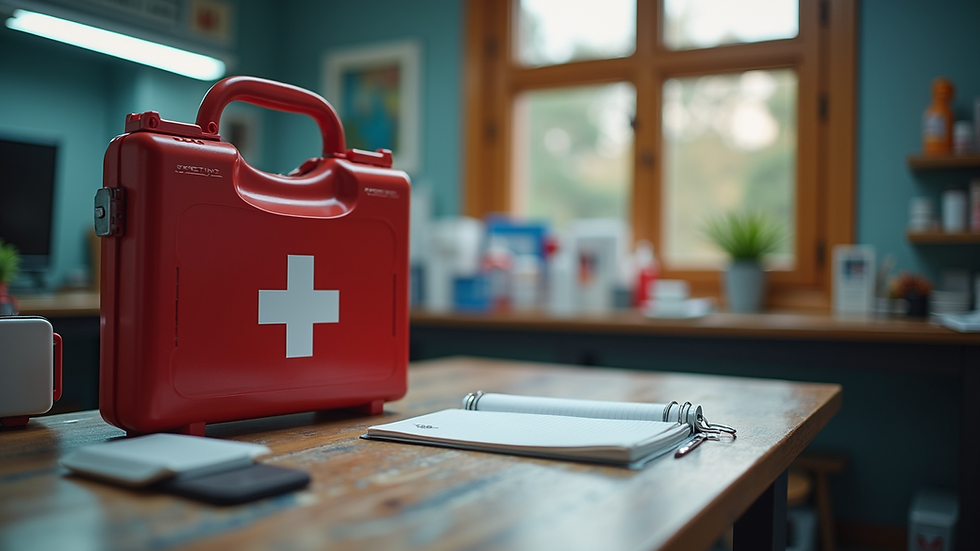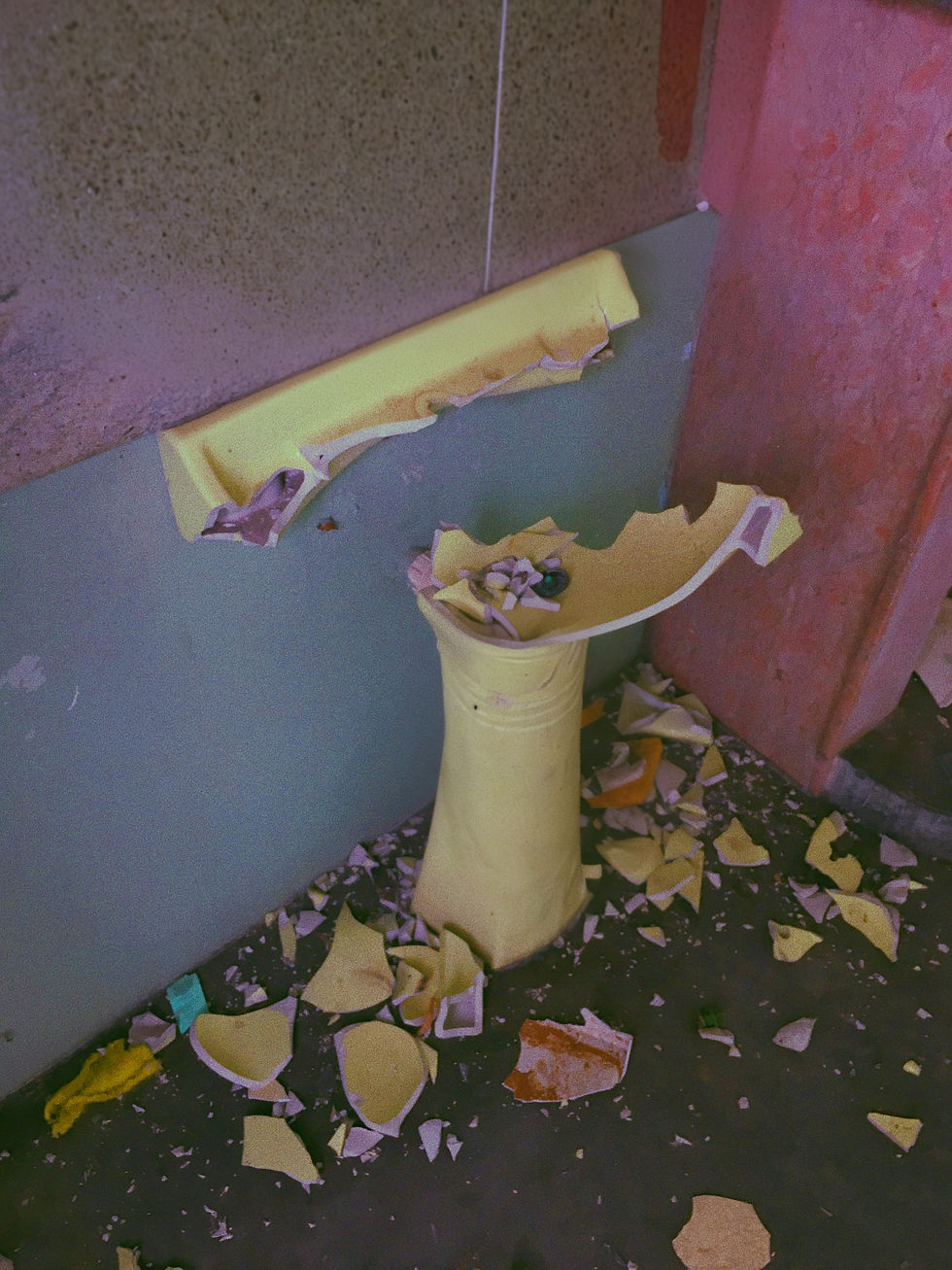How to Stay Safe When the Ground Shakes
- anita M.

- Jun 11, 2025
- 3 min read
Earthquakes can be frightening and chaotic events. In many regions across the world, they are a part of life. Understanding how to protect yourself during an earthquake is essential. This article focuses on effective precautions, safety tips, and what to do before, during, and after a tremor.
How to Stay Safe When the Ground Shake:
Being prepared can significantly reduce the risks associated with an earthquake. Here are steps you can take to ensure your safety:
Create an Emergency Plan: Develop a plan with your family. Know where to meet after an earthquake. Choose a safe location, like a park or the front of your home.
Prepare an Emergency Kit: Your kit should include water, non-perishable food, a flashlight, batteries, a first-aid kit, and necessary medications. Ensure that your family knows where to find these supplies.
Secure Your Home: Anchoring heavy furniture, securing bookcases to the wall, and relocating heavy items away from beds and seating areas can prevent injuries.
Know your local earthquake risks: Familiarize yourself with the seismic activity in your area. Some places are more prone to earthquakes than others, and understanding this can help in preparation.

Best Practices When the Ground Shankes
During an earthquake, your actions are critical. Follow these guidelines to maximize your safety:
Drop, Cover, and Hold On: Move to the ground, take cover under sturdy furniture, and hold on until the shaking stops. Practice this with your family, so everyone knows what to do. For more detailed instructions, visit drop cover hold on.
Stay Indoors: If you are inside, stay inside. Do not run outside during the shaking as it is one of the most dangerous places when structures may fall.
Stay Away from Windows: Shattered glass can lead to serious injuries. Distance from windows is crucial during an earthquake.
If You Are Outside: Move to an open area away from buildings, streetlights, and utility wires. These can collapse or fall during tremors.

What to Do After the Ground Shakes
Once the shaking has stopped, it’s vital to know the next steps:
Check for Injuries: Assess yourself and those around you for injuries. Apply first aid if needed and seek help for anyone who requires medical attention.
Check for Hazards: Aftershocks may occur. Be cautious of your surroundings. Look for possible gas leaks, fires, or structural damages.
Use Text Over Calls: Phone lines may be congested. Text messages can be more reliable. Get in touch with family and let them know you are safe.
Stay Informed: Listen to local news on a battery-operated radio. Updates on aftershocks or safety announcements will be crucial.
Document Damages: Take photos of any damage to your property for your insurance company. This step is vital for claims processing.

Community Preparedness
Communities play a significant role in earthquake preparedness. Engage with your neighbors and local organizations:
Join or Form Neighborhood Groups: Connecting with your neighbors can enhance collective safety. Share resources and information related to earthquake preparedness.
Participate in Training: Many municipalities offer disaster preparedness training. Seek out sessions on first aid, search and rescue, or CPR courses in your area.
Spread Awareness: Educate others on earthquake safety. Share information regarding your preparedness efforts and encourage friends and family to do the same.
Final Thoughts on Earthquake Safety
Living in a seismically active area can be disconcerning, but with preparation, you increase your chances of staying safe when the ground shake. Establish an emergency plan, secure your home, and learn the proper actions to take when the ground starts to shake. Remember, community support and awareness are invaluable. By sharing knowledge and resources, we can all work towards a safer environment for ourselves and our families.
Stay informed, stay prepared, and consider regular drills to keep your family ready for any seismic activity that may come your way. Know how to stay safe when the ground shakes.


Comments